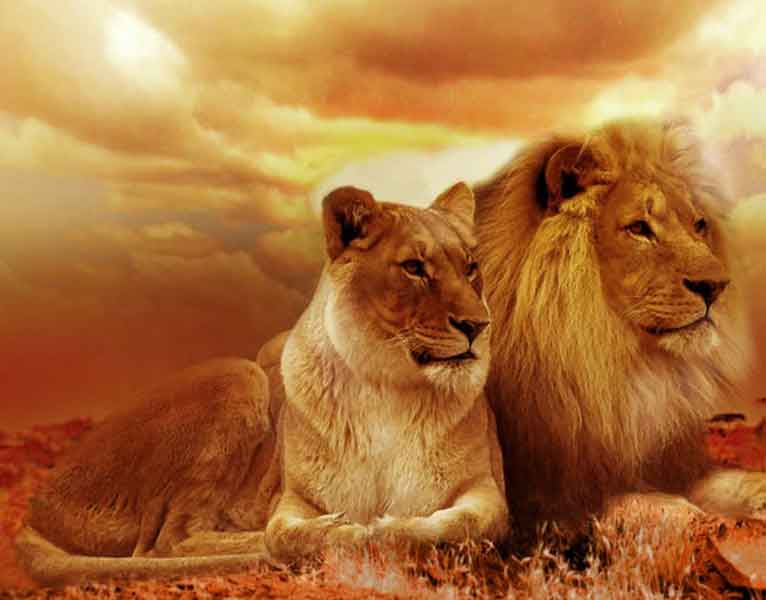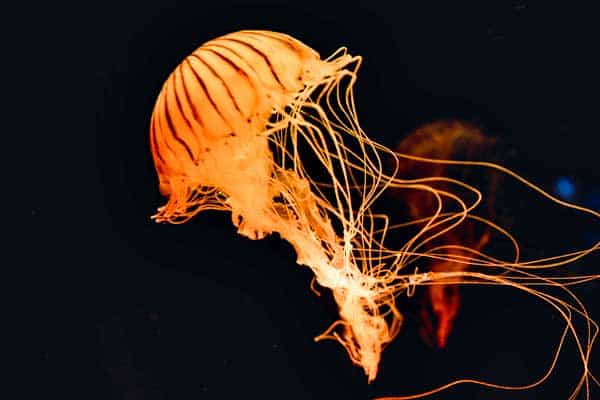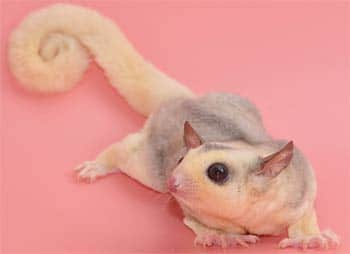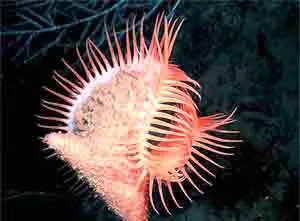We often talk about terrestrial animals, but what does that mean exactly? That’s what we will take a closer look at in this article.
What is a terrestrial animal? Terrestrial animals are all the animals that live on land. This means, that we can exclude all sea creatures and some birds. Most birds and insects are also considered terrestrial animals even though they can fly.
Terra means land in Latin, and that’s how the name “terrestrial” has come about.
Table of Contents
Let’s dive into it and start by taking a look at ten terrestrial animals.
10 Examples Of Terrestrial Animals
Here are the names of 10 common terrestrial animals.

- Dogs
- Cats
- Ants
- Cows
- Flies
- Lions
- Monkeys
- Snakes
- Spiders
- Giraffes
Please noticed that we included snakes in the list above. Most snakes are terrestrial animals that some snakes are sea snakes. They are therefore not considered terrestrial animals but sea creatures.
The list could go on and on as all the animals on land could be included.
This doesn’t mean that these creatures cannot swim or get near the water. They would often do so in order to drink water or to take a swim to get clean.
Are Birds Terrestrials Animals?
Birds are often considered terrestrial animals. But they are better categorized as Aerial animals (explained further down).
But as with all rules about our a few exceptions.
Because we have a lot of birds who cannot fly (or at least cannot fly very well or very long). These birds are often considered terrestrial animals.
These are birds such as:
- Turkeys
- Pheasants
- Roadrunners
- Penguins
- Emu
- Domesticated Chickens
- Grebes
- Cranes
- Rails
- Coots
Penguins and considered aquatic animals for instance. We also find several ducks who cannot fly well and they are also considered Aquatic as they spend a lot of time in the water. You could also argue that they are Amphibious (explained further down).
Other Habitat Types Of Animals
We also have other categories when it comes to habitat types of animals.
We use these main categories to distinguish between animals that live on land, in the sea, etc.
1) Aquatic Animals (10 examples)
Aquatic animals are animals who lived in the sea.
They spent the vast majority of their time underwater and they could not survive for longer periods of time on land.
This list of animals include:
- Fish
- Sea-snakes
- Corals
- Worms
- Larva
- Sharks
- Dolphins
- Whales
- Octopus
- Jellyfish

Some water creatures will live in freshwater like Crayfish and Eels. Others will live in salty water like Sharks, Dolphins, and Whales.
Most of the animals we find among that aquatic category will breathe water. But we also have air-breathing animals among this group. These include animals such as Whales, Seals, Walrusses, Otters, and Beavers.
Some of the aquatic animals will start their life in water and later on the mall to become terrestrial animals. These are animals such as alligators, frogs, toads, etc.
2) Aerial Animals (10 examples)
These are the animals that can fly or glide through the air.
- Butterflies
- Moth
- Sugar Gliders
- Humming Birds
- Flamingos
- Geese
- Bats
- Flies
- Bees
- Eagles
As you can see will not only talking about birds here. We are also talking about insects and animals that can glide like the super-cute Sugar Gliders.

In ancient times we also had huge bird-like creatures who belonged to the Aerial animals. Such as the new extinct Pterosaurs:

Please note that a lot of the insects we find the nature are starting out as aquatic animals. They will start their life as larvas and later on become terrestrial animals.
3) Arboreal Animals (10 examples)
These are creatures you prefer to live in trees.
They can live almost their whole life in the trees. This means they will eat, sleep and play in the crowns of trees and they will often swing or jump from trees to trees like monkeys and squirrels.
There are thousands of species to mentions here but let’s start with mentioning ten species among the Arboreal group of animals:
- Koala Bears
- Sloth
- Beckos
- Tree Snakes
- Possums
- Orangutans
- Parrots
- Woodpeckers
- Chameleons
- Red Pandas
These animals typically have long tails that enable them to move diligently around in the trees. They also often have feet with claws that can help them get a good grip so they won’t fall down.
The branches of the tree offer them protection from predators and other enemies in the animal world.
As you can imagine many of these animals are living in the rain forests. So they are 100% dependent on us preserving the rainforests for their survival. If we extend this group of animals to all animals who live inside the forests we are talking about 8 out of 10 animal species!
4) Amphibious Animals (10 examples)
These are animals who live in a combination of land and Sea. This means they can sometimes be found on land and they can also spend long periods of time in the water.
This list can get a little harder to come up with but let’s try to see if we can pick 10 animals who can live on land as well as in the sea:
- American Bullfrogs
- Geckos
- Salamanders
- Toads
- Newts
- Tortoise
- Alligator Newts
- Worms
- Axolotls
- Green Tea Frogs

The Axolotl.
Amphibious animals are cold-blooded. They cannot be exposed to sunlight over long periods of time as their skin is very delicate. The sunlight will burn the skin (just like humans) and they will not always be able to regenerate.
Another thread to their skin can be dry weather and too much wind. They require a moist environment and should be able to keep their skin moist most of the time to survive.
These animals are typically the first animals that going extinct whenever people use weed killers in fields.
According to National Geographic, this is the main reason over half or our frog species are in danger of complete extinction!
What Is The Lifespan Of Terrestrial Animals?
The lifespan of terrestrial animals varies a lot from species to species. Some animals on the land will only live a few years while others can live up to 50 years like the hippopotamus.
We also include ants in the group of terrestrial animals and they only live a couple of months!
So we cannot say anything in general about the lifespan of terrestrial animals. But here are some examples:
- Ants: A couple of months
- Hippopotamus: 50 years
- Dogs: 20 years
- Spiders: 2 years
- Monkeys: 50 years (Chimpanzees)
- Tigers: 25 years
- Wolfs: 15 years
- Rhinoceros: 35 years
As you can see the larger animals tend to live longer while the small animals (like tiny insects) can live only a few years or even a couple of months.
Some of the larger animals like the Asian elephants can live to 60 years! According to Guinness World Records, the oldest elephant ever recorded in the book was 86 years old!
Sources: stlzoo.org, National Geographic, Guinness World Records.




